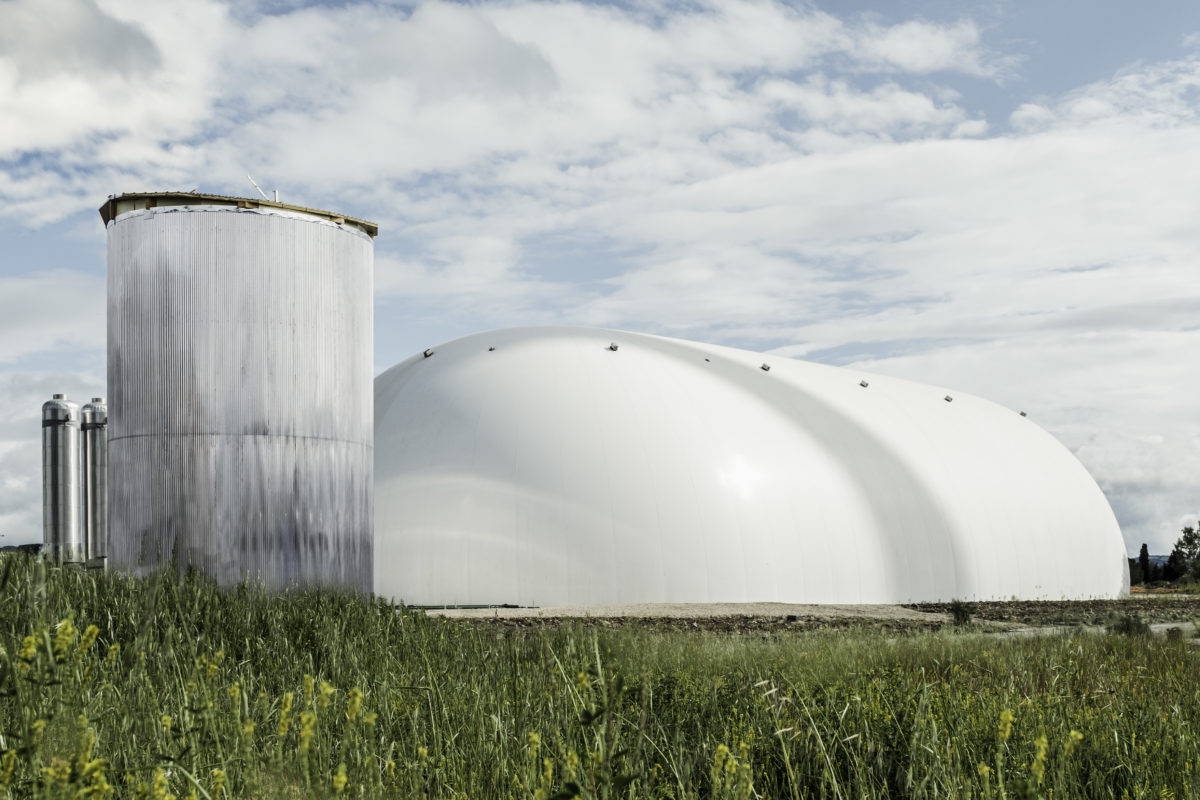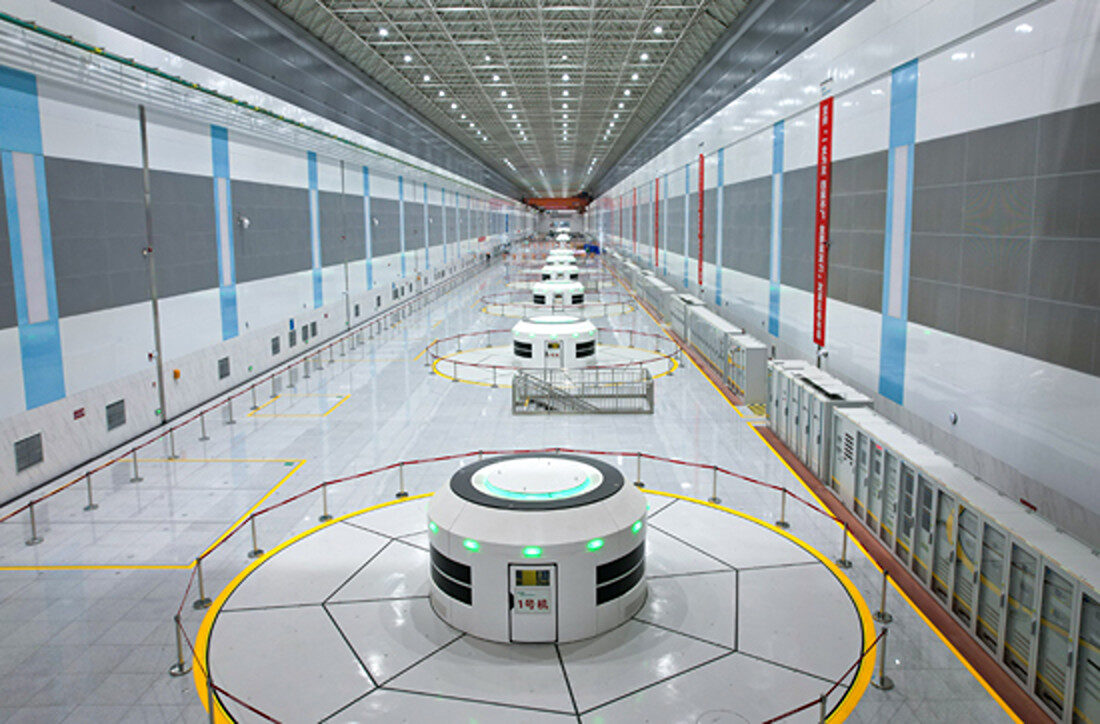Italy-based Energy Dome and Denmark’s largest power provider and wind project developer, Ørsted, will run a feasibility study on the deployment of a 20 MW/200 MWh energy storage facility using Energy Dome’s carbon dioxide (CO2) battery technology at one or more of Ørsted sites. The two companies signed a memorandum of understanding to seal the partnership.
According to a company statement, the first facility will be located in an undisclosed location in continental Europe, with construction of the 20 MW project expected to begin during the second half of 2024. The agreement also includes an option to develop additional CO2 battery energy storage facilities in the future.
The first facility will have a 10-hour storage capacity which will provide baseload renewable energy to Ørsted’s end-use customers, mitigating the growing variability in energy supply, and providing grid stability services.
“As a company focused on quickly scaling the build-out of wind, solar, power-to-X and other renewable energy solutions, we are delighted to work with Energy Dome to explore how we can deploy their innovative long-duration energy storage technology,” said Kieran White, VP Europe onshore at Ørsted. “We consider the CO2 Battery solution to be a really promising alternative for long-duration energy storage. This technology could potentially help us decarbonize electrical grids by making renewable energy dispatchable.”
Energy Dome started operations on its first CO2 battery facility in June, in Sardinia, Italy. The company’s battery technology is based on compressed CO2 and requires less space than systems based on compressed air.
“The concept is the same as compressed air energy storage (CAES) and liquid air technologies,” Energy Dome CEO Claudio Spadacini told pv magazine in an interview last year.
The system draws CO2 from an inflatable atmospheric gas holder, which the company calls the “Dome,” and stores it under 70 bar pressure at ambient temperature in a high-density liquid state. When the stored energy is needed, the CO2 is evaporated and conveyed through a turbine that produces power. After this process is implemented, the CO2 goes back to the atmospheric gas holder to be used again for another storage cycle, without any emissions to the atmosphere.
This content is protected by copyright and may not be reused. If you want to cooperate with us and would like to reuse some of our content, please contact: editors@pv-magazine.com.



By submitting this form you agree to pv magazine using your data for the purposes of publishing your comment.
Your personal data will only be disclosed or otherwise transmitted to third parties for the purposes of spam filtering or if this is necessary for technical maintenance of the website. Any other transfer to third parties will not take place unless this is justified on the basis of applicable data protection regulations or if pv magazine is legally obliged to do so.
You may revoke this consent at any time with effect for the future, in which case your personal data will be deleted immediately. Otherwise, your data will be deleted if pv magazine has processed your request or the purpose of data storage is fulfilled.
Further information on data privacy can be found in our Data Protection Policy.